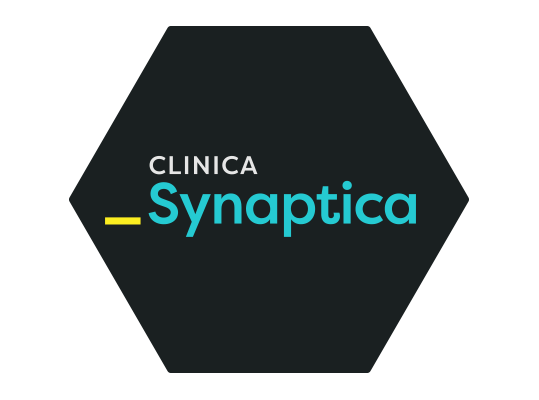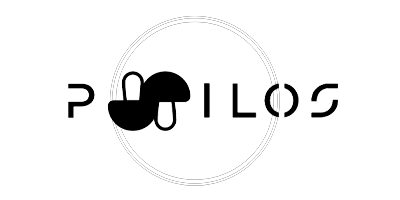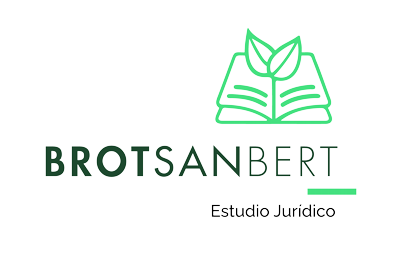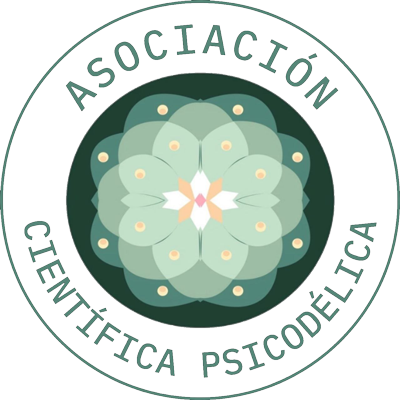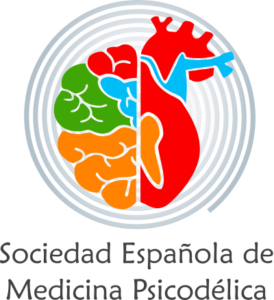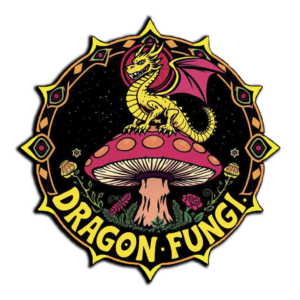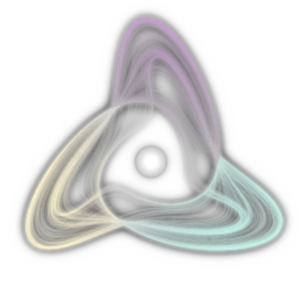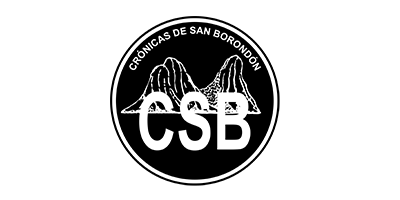A groundbreaking scientific article explores the deconstruction of consciousness in 5-MeO-DMT ceremonies
A team of researchers has conducted a pioneering observational study to better understand the effects of the psychedelic substance 5-MeO-DMT on subjective experience and brain activity. This molecule, the active compound in the toad Incilius alvarius and known for inducing deeply altered states of consciousness, was examined as a potential model to explore so-called “deconstructed consciousness.”
The resulting article –“Exploring 5-MeO-DMT as a pharmacological model for deconstructed consciousness”– was recently published in the journal Neuroscience of Consciousness. Among the authors are Christopher Timmermann, James W. Sanders, David Reydellet, Tommaso Barba, Lisa X. Luan, Óscar Soto Angona, Genís Ona, Robin L. Carhart-Harris, Tomas Palenicek, and David Erritzoe.
Tabla de Contenido
ToggleA unique experience of ego dissolution
The observational study was based on the experiences of 14 participants in ceremonies using synthetic 5-MeO-DMT held in Spain and the Netherlands. Participants received an average dose of 15.4 mg in the Netherlands ceremonies and nearly double, 28.7 mg, in the Spanish ceremonies.
During the peak moments of the 5-MeO-DMT experience, approximately one-third of participants reported a radical state of dissociation. This state was characterized by a loss of personal narrative and bodily self-awareness, as well as a deep disconnection from the external environment. Nonetheless, subjects maintained wakefulness — they were neither asleep nor unconscious.
This phenomenon, in which the boundaries of the self disappear and phenomenological content becomes nearly indistinct, suggests that 5-MeO-DMT may induce a state in which consciousness is almost entirely deconstructed. Interestingly, some participants described the experience as “everything and nothing” at once — reflecting the paradoxical nature of the state.
Neural evidence of the psychedelic experience
At the neurophysiological level, researchers observed widespread inhibition of alpha and posterior beta brainwaves on EEG (electroencephalogram), a pattern commonly associated with the use of psychedelics and dissociatives. The reduction in alpha power, linked to the construction of high-level mental models such as the sense of self, suggests these models may “switch off” during the experience. Likewise, decreased beta power in posterior regions of the brain correlates with the dissolution of bodily boundaries.
This type of brainwave alteration has also been documented in advanced meditative states, suggesting intriguing parallels between contemplative practices and 5-MeO-DMT-induced experiences.
EEG effects of 5-MeO-DMT. Ingestion of 5-MeO-DMT resulted in global reductions of alpha band power across most electrodes, as well as decreased beta band power in posterior regions.
Dosage, variability, and methodological challenges
The most extreme effects were observed primarily in those who consumed higher doses, suggesting a dose-dependent relationship. However, higher doses were also associated with increased risk of temporary amnesia, raising the hypothesis that an “optimal dosing range” may exist — one that allows for the deconstructed state without compromising the ability to recall the experience.
One of the key challenges was the high interindividual variability in both subjective reports and neural responses. This made it difficult to identify clear neural correlates for the most radical states, such as complete ego dissolution.
Additionally, the study was conducted in naturalistic settings, without strict experimental controls, and combined data from participants using synthetic 5-MeO-DMT and toad secretion — introducing further potential sources of variability.
Toward more precise neurophenomenology
The researchers emphasize the importance of using phenomenologically guided tools (such as micro-phenomenological interviews) in real-time, to fully capture the richness and subtlety of these altered states. Since 5-MeO-DMT can trigger experiences so intense that they exceed the individual’s attentional capacity, it is possible that this phenomenon is also linked to increased brain entropy — meaning a higher complexity in the brain’s activity patterns.
Final reflection
This study provides valuable evidence that 5-MeO-DMT can be used as an experimental model to investigate the limits of consciousness, the structure of self, and the neural mechanisms underlying extreme states of subjective dissolution. However, future research in controlled environments, with larger samples and real-time experience tracking, will be essential to further unravel these mysterious yet fascinating states of mind.
5-MeO-DMT and other psychoactive compounds will take center stage at the fourth edition of Fuertedélica, to be held on November 8–9 in Fuerteventura. Do you already have your discounted ticket?



